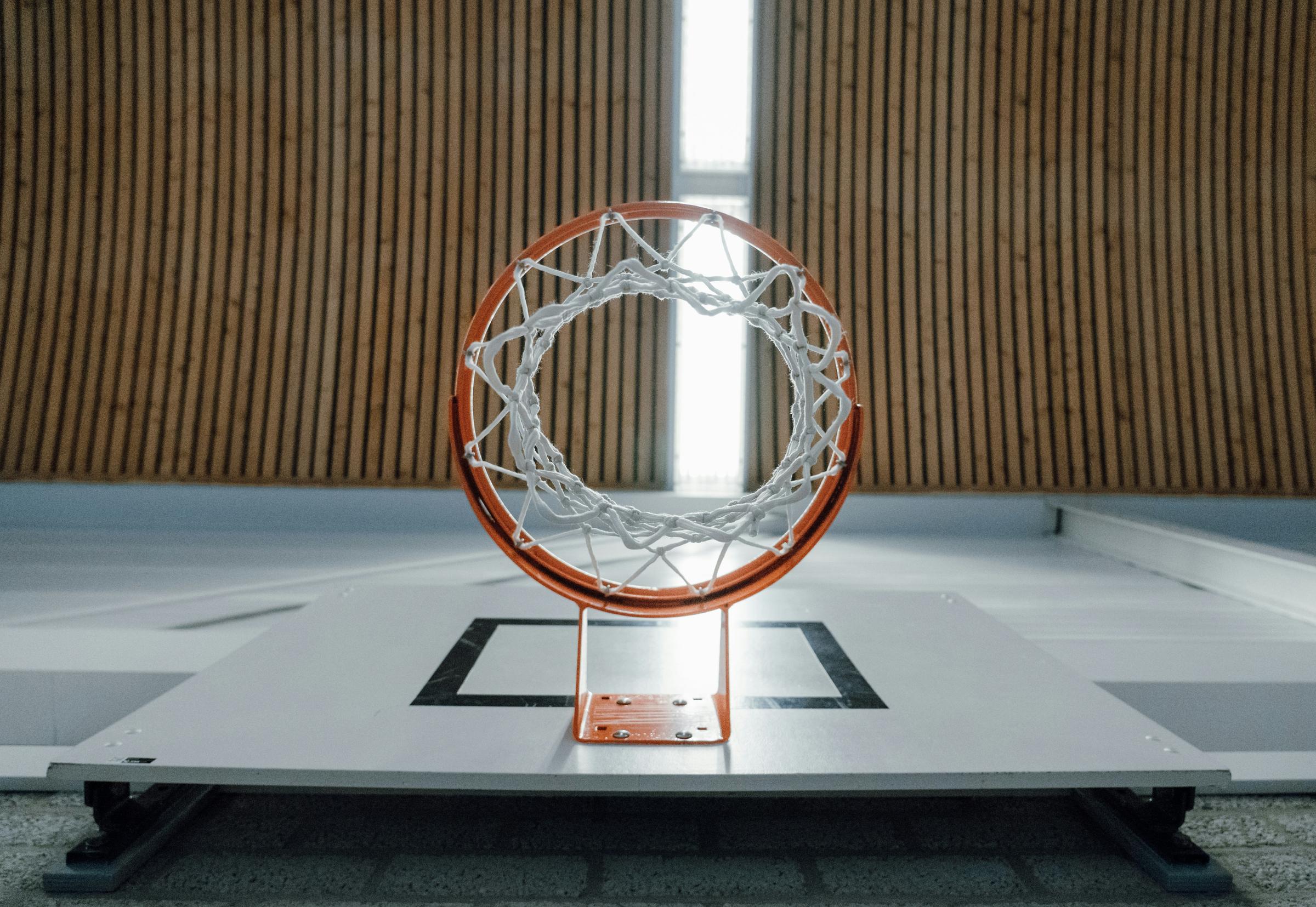Physical Education

Purpose and Structure
Physical Education examines the biological, social and cultural influences on performance and participation in physical activity. Theory and practice are integrated in this study, which is approached through both the study of, and participation in physical activity. Physical Education encourages students to develop a respect for our bodies as a unique gift of God’s creation. It also allows the students to develop a Christian perspective toward competition, in that the activity is for the enjoyment of all, and to develop respect for the effort of others.
Unit 1: The Human Body in Motion
In this unit students explore how the musculoskeletal and cardiorespiratory systems work together to produce movement. Through practical activities students explore the relationships between the body systems and physical activity, sport and exercise, and how the systems adapt and adjust to the demands of the activity. Students investigate the role and function of the main structures in each system and how they respond to physical activity, sport and exercise. They explore how the capacity and functioning of each system acts as an enabler or barrier to movement and participation in physical activity.
Unit 2: Physical Activity, Sport and Society
This unit develops students’ understanding of physical activity, sport and society from a participatory perspective. Students are introduced to types of physical activity and the role participation in physical activity and sedentary behaviour plays in their own health and wellbeing as well as in other people’s lives in different population groups. Students will also explore a range of contemporary issues surrounding sport and physical activity.
Unit 3: Movement skills and energy for physical activity, sport and exercise
This unit introduces students to the biomechanical and skill acquisition principles used to analyse human movement skills and energy production from a physiological perspective. Students use a variety of tools and techniques to analyse movement skills and apply biomechanical and skill acquisition principles to improve and refine movement in physical activity, sport and exercise. They use practical activities to demonstrate how correct application of these principles can lead to improved performance in physical activity and sport. Students investigate the relative contribution and interplay of the three energy systems to performance in physical activity, sport and exercise.
Unit 4: Training to improve performance
In this unit students analyse movement skills from a physiological, psychological and sociocultural perspective, and apply relevant training principles and methods to improve performance within physical activity at an individual, club and elite level. Improvements in performance, in particular fitness, depend on the ability of the individual and/or coach to gain, apply and evaluate knowledge and understanding of training. Students analyse skill frequencies, movement patterns, heart rates and work to rest ratios to determine the requirements of an activity. Students consider the physiological, psychological and sociological requirements of training to design and evaluate an effective training program.
